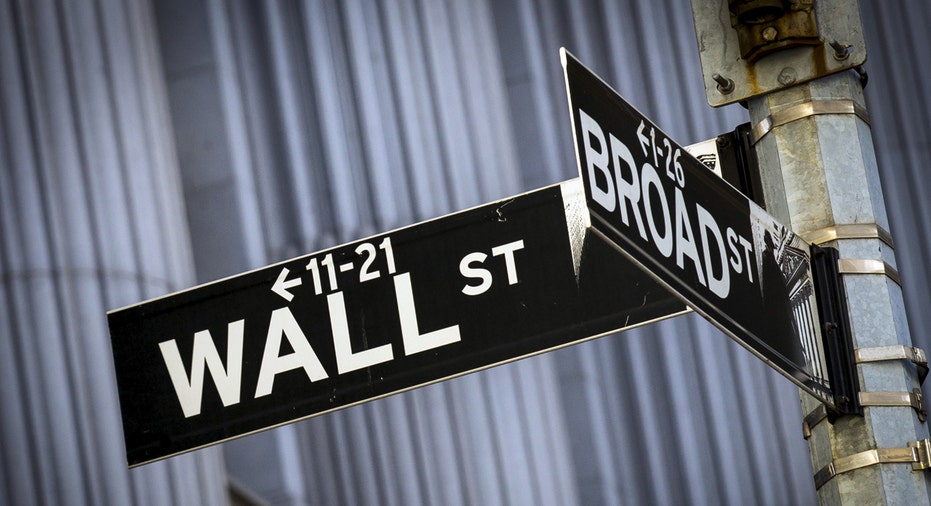Invest with whole economy in mind, not just one good or bad indicator

As spring shifts to summer, it is eight years to the month since the vicious Great Recession hit bedrock. Almost a full 10 years separates us from a full blown international banking crisis, massive government bailouts, and palliative monetary policy.
Though we are a decade out from that crisis and Wall Street benchmarks continue to notch record highs, the “bitter bears” – or large swath of mavens who’ve been solidly negative since 2009 – are calling for a swift end to the optimism. They have freshly reunited with the hand-me-down reasons on why the market simply cannot continue to push higher, citing a perceived long-in-the-tooth economic expansion, sponsored by elevated equity valuations, high debt and low interest rates.
The “bitter bears” perceive the stock market similarly to one gazing at their own gravestone – with your own name and half-date etched in granite, begging for resolution. Like an incomplete musical scale, they are desperately waiting for the next shoe to drop. They have fallen prey to a menacing idol of their own handiwork: That of a theoretical market future based on a philosophical market past.
That is probably why we humans gravitate to complicated investment solutions when simplified ones exist. Why we are enamored by vague analysis and spurious correlations splashed upon glossy charts. Why we fall for people who spout big mathematical phrases without knowing their derivation, history, or validity. Why so few of us understand our own choices and wind up misled by those wishing to sell us something. It is in this spirit, I am impelled to treat the markets past, along with those who predict it, as something that needs to be condemned.
I view the market as a giant tapestry woven together from many strands including economic momentum, global earnings, credit conditions, and relative levels of macro-volatility. I have found it is only when I examine the tapestry as a whole that it will or will not make a convincing pattern. Creating a tapestry is a communal experience of what kinds of arguments and evidence are likely to impact the market. It also emphasizes the importance of coherence and consistency when I weave together arguments and data to make an inference to a best explanation.
Weaving an investment tapestry helps me in keeping myself from myself; especially in shunning the value of secret or smart market information as the important stuff is that huge elephant sitting in the middle of the room.
Markets are lived forward yet only understood backwards. That saying adorns me like raiment from months and years and decades of live skin-in-the-game. As a fund manager I am more the frumpy dad who craves quiet at home – one who strives to be deeply confessional and achingly sincere. My style is stripped to the core, and as a result I have embraced my limitations by accepting that I am awful at predicting market events, let alone timing them. I’d prefer to find ways to hedge them.